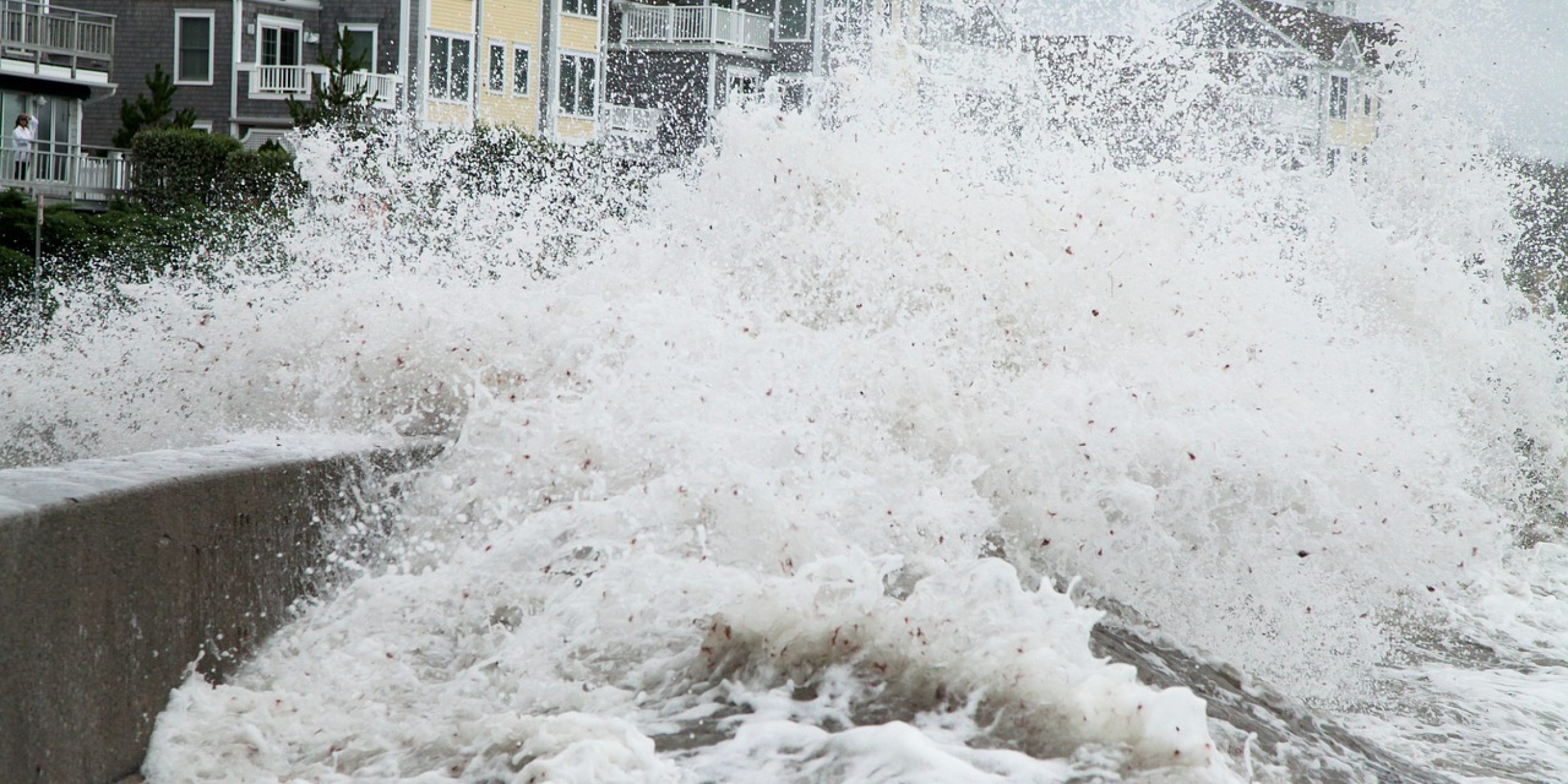In 2019, NOAA released an update to its CPO-supported weather “time machine”—the third version of the 20th Century Reanalysis Project (20CRv3). 20CRv3 is a high-resolution, four-dimensional reconstruction of the global climate that estimates what the weather was for every day from 1836 to 2015. Recently published in Nature Scientific Data, researchers used 20CRv3, along with four other reanalysis products, to create a new database of reconstructions for past global storm surges—one of the deadliest coastal hazards. The new database allows scientists to see how climate change and variability impacted storm surges in the past to help communities prepare for the future.
The paper highlights the usefulness of reanalysis products including the joint NOAA-CIRES-DOE 20CRv3 and provides an example of why having multiple reanalyses can bolster foundational research and our understanding of climate. Multiple CPO programs provided support for 20CRv3’s development including the Modeling, Analysis, Predictions and Projections (MAPP) and the Climate Observations and Modeling (COM) programs.
University of Central Florida researchers Michael Getachew Tadesse and Thomas Wahl drew from satellite era and centennial reanalysis products, including 20CRv3, to create the database of daily maximum surge values from simulated tide gauge data. These data can be used for long-term trend analyses to explore when and where the frequency and/or intensity of storm surges have changed in the past. The database also helps provide a better basis of tide gauge data, as tide gauge records are often too short to be statistically useful. While not as spatially detailed as the satellite-era products, the centennial reanalyses were key to reconstructing longer storm surge time series.
Wahl, a prior COM-funded scientist, has previously demonstrated that storm surge data can be used to predict extreme sea level changes and coastal flood events. Products built from reanalyses, such as the new global storm surge database, will enable more of this type of work.


